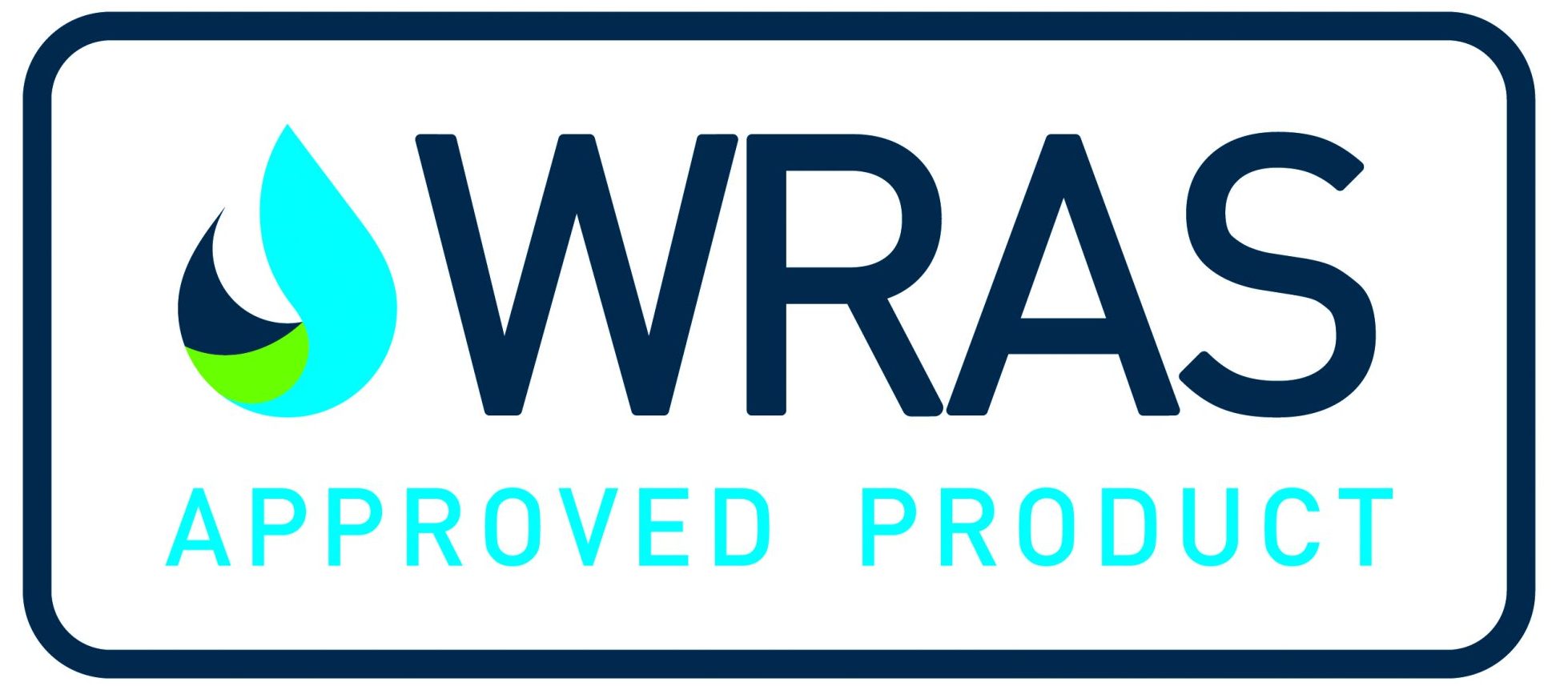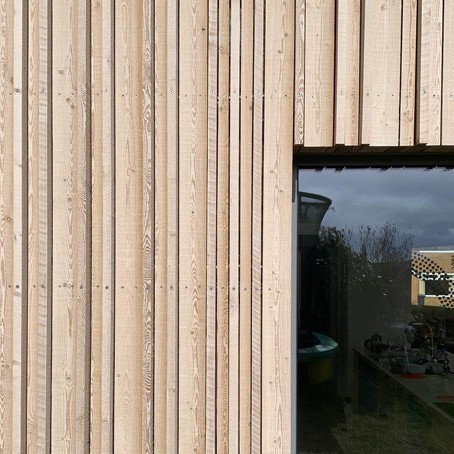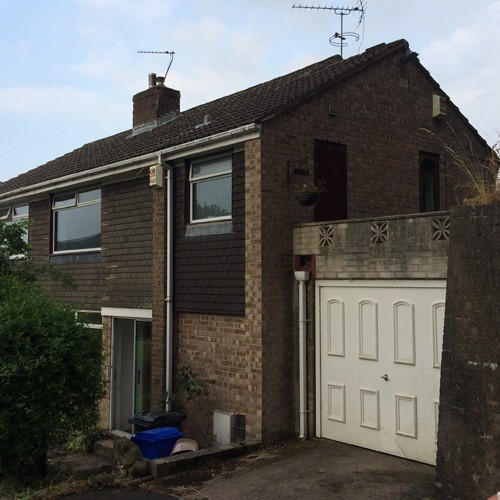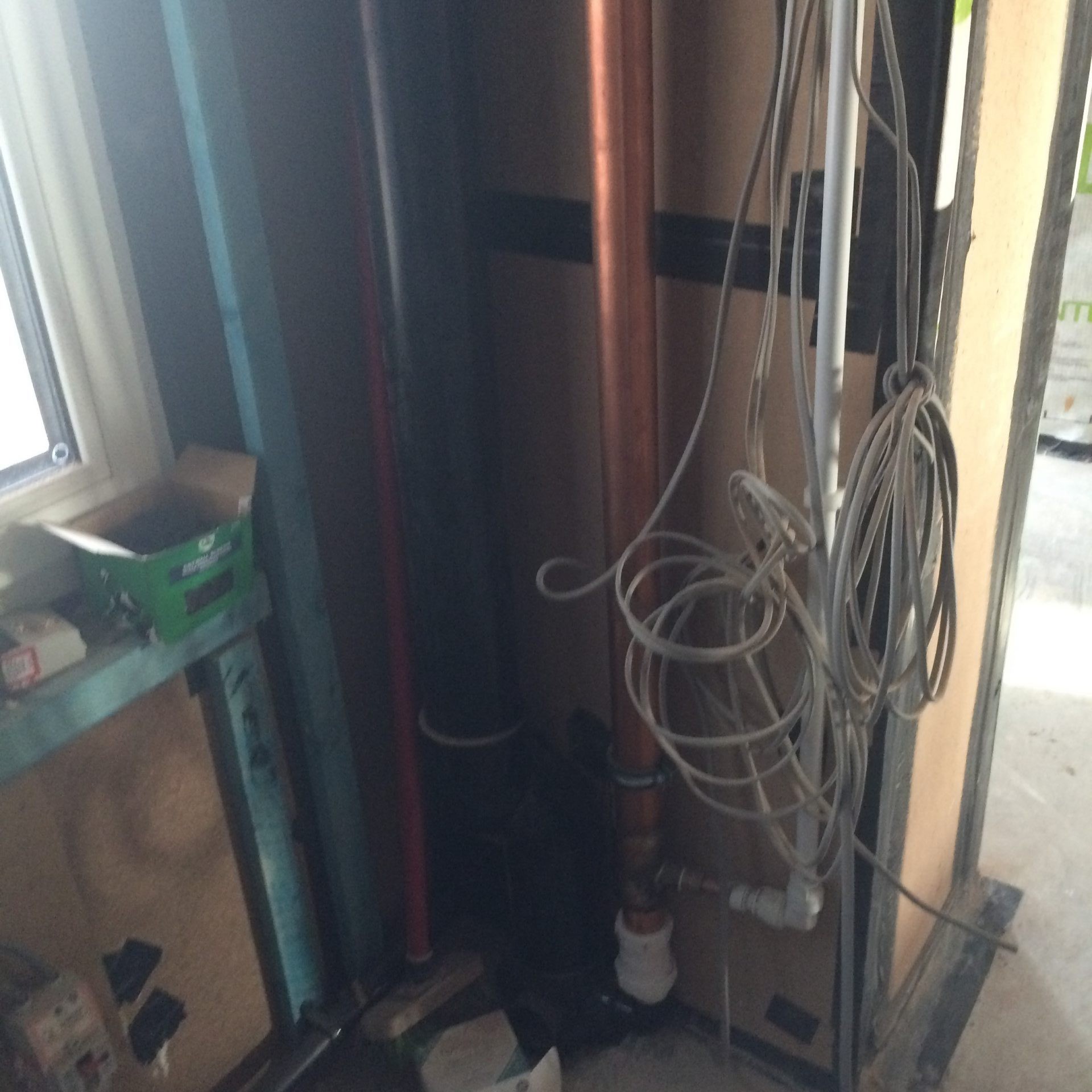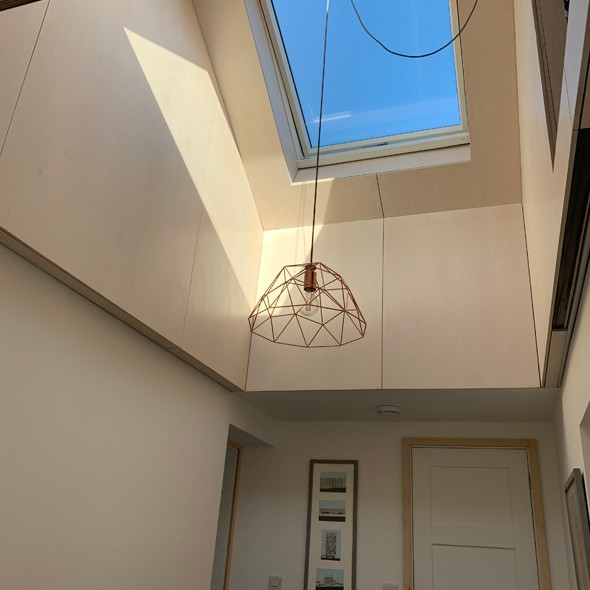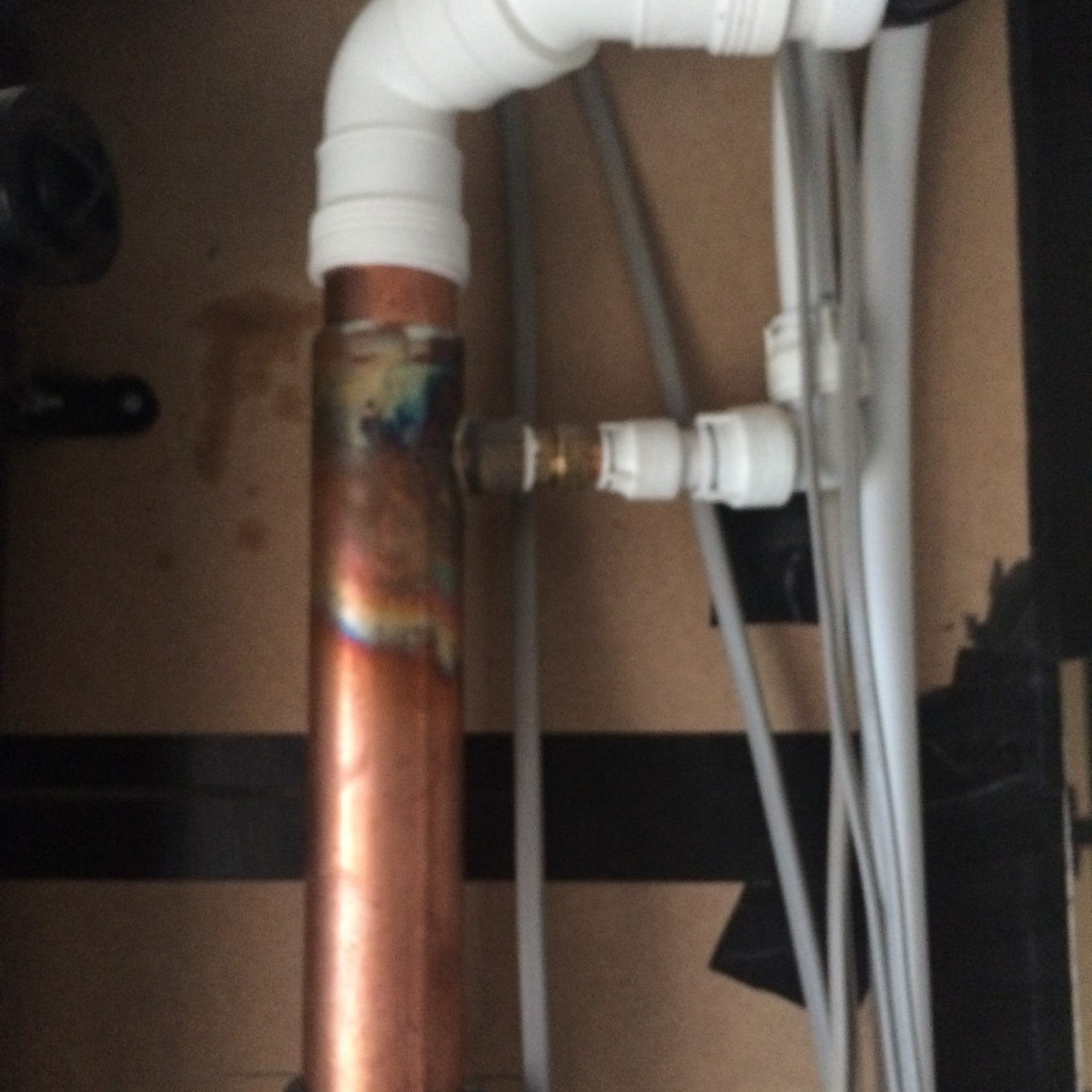EnerPHit retrofit and extension of 1960’s semi
Paul Testa Architecture is the company behind the modernisation and extension of this cold 1960’s semi into a warm, comfortable and generous home for a young family.
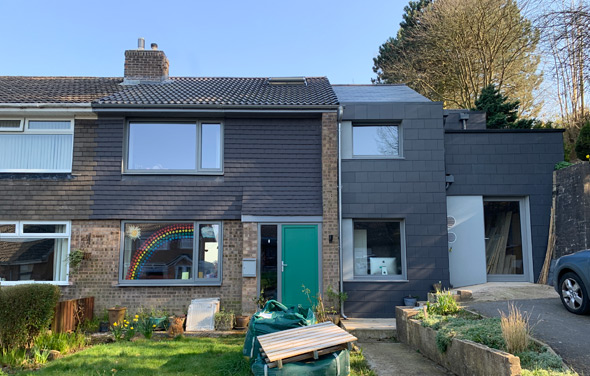
Paul Testa Architecture, based in Sheffield is the company behind the modernisation and extension of this cold 1960’s semi into a warm, comfortable and generous home for a young family. The small practice of environmentally conscious and design-led architects specialise in bespoke homes, extensions and retrofits, was well placed to see this project through to completion.
“As we’ve worked hard on delivering such an efficient space heating strategy with minimal losses, the energy demand created by hot water usage then becomes a very significant proportion of our usage. We decided that a simple waste water heat recovery (WWHR) system would be really useful”
The Showersave QB1-21 Waste water heat recovery system (WWHRS) was installed in the project. SAP calculations were not performed, but it is estimated that Showersave made 4kWh/m2 difference to the primary energy demand of this semi-detached home.
The homeowner learned about the benefits of Showersave via the product listing on Passivhaus Planning Package, which allowed for an informed decision to be made while comparing alternative products.
Our client would recommend installing the Showersave QB1-21 in a self build or renovation project, where the cost of water heating is likely to be significant.
Benefits
- Showersave is recognised by BRE in SAP
- Low cost and therefore a hugely competitive £ per point in SAP
- Offers a cheaper alternative to MVHR, Solar PV or Triple glazing, yet achieves similar carbon and energy savings.
- Showersave remains one of the most cost effective solutions to achieve the new demands of Part L 2013
- Customers benefit from reduced heating costs
- Zero aftersales issues with Showersave.
- Showersave is a “fit and forget” technology, lasting the life of the building and requires zero maintenance.
- Showersave offers an unparalleled rate of return on investment over the life of the building.


